https://markmyplace.weebly.com/blog/edgars-mission
|
I recently purchased these four delightful bookmarks from Edgar's Mission, one of my favourite places and an organisation I support annually. Edgar's also sent me flyer, a postcard, and a sticker with the bookmarks... You can see another Edgar's Mission bookmark in my earlier post in this blog:
https://markmyplace.weebly.com/blog/edgars-mission
0 Comments
In addition to being a bookmark collector I am also a SoulCollage® practitioner and facilitator. On World Bookmark Day, 25 March 2024, I brought these two 'hobbies' together when I made a SoulCollage® card about myself as a Bookmark Collector. I created the card digitally in Canva. I Am a bookmark collector. I Am One Who is an avid reader who also collects books and bookmarks. Collecting bookmarks is an enjoyable and a somewhat addictive activity! I have learned so much, about so many things, from going down numerous research rabbit holes to find out about the bookmarks in my collection. I have also met so many wonderful bookmark collectors from all around the world and felt part of an interesting, supportive, and understanding community. We all get it! Long live the bookmark! You can find out more about SoulCollage® here: https://soulcollage.com/
First of all... HAPPY WORLD BOOKMARK DAY (WOBODA) 2024! WOBODA is celebrated every year on 25 February. See link at the end of this post to find out more about WOBODA. To celebrate WOBODA, I wanted to make sure I added a blog post today. I have chosen to feature a bookmark gifted to me by my sister Carol. It is one of several bookmarks she brought me back from her travels in Europe in 2023. Thanks Sis! My sister got this gorgeous bookmark when she visited Chateau et Jardins des Milandes, once also the home of Josephine Baker. She also brought me back a 10 page foldout brochure about the Chateau and its ongoing homage to its former redident, Josephine. The bookmark nd brichure our now treasures in my collection.
For more information: Chateau et Jardins des Milandes https://www.milandes.com/en/ Josephine Baker https://www.milandes.com/en/josephine-baker/ WOBODA https://www.ifobookmarks.org/woboda.html I received these lovely bookmarks among my gifts on Christmas Day here in Australia. Thanks Sarah! I love the gum leaves, the gum blossons, and the bugs!
I was thrilled to win this bookmark in an eBay auction recently. And honestly, I am amazed I got it for AUD$6.95! So cheap! It's worth so much more. The bookmark is in incredible condition for its age, almost 'as new', and it promotes two of Australia's iconic magazines, both part of Australia's publishing heritage. Also, the graphics are gorgeous! It is difficult to date the bookmark other than it is definitely between 1924 and 1961 (the years The Australian Women's Mirror was published. Another clue is that the bookmark shows the magazine cost 3d (former currency before Australia converted to decimal currency in January 1966). I did some research and found out that the magazine cost 3d in the 1930s and most of the 1940s, so we can assume the bookmark was issued somewhere in that period. After that the magazine rose in price to 4d and later 6d. The Bulletin was an Australian weekly magazine first published in Sydney on 31 January 1880. The publication's focus was politics and business, with some literary content, and editions were often accompanied by cartoons and other illustrations. The views promoted by the magazine varied across different editors and owners, with the publication consequently considered either on the left or right of the political spectrum at various stages in its history. The Bulletin was highly influential in Australian culture and politics until after the First World War, and was then noted for its nationalist, pro-labour, and pro-republic writing. It was revived as a modern new magazine in the 1960s, and after merging with the Australian edition of Newsweek in 1984 was retitled The Bulletin with Newsweek. It was Australia's longest running magazine publication until the final issue was published in January 2008 The Australian Woman's Mirror was an Australian weekly women's magazine published by The Bulletin magazine in Sydney, between 1924 and 1961. The magazine's contents included the standard recipes, knitting patterns, along with articles about fashion, holiday destinations and household tips. On the literary front it included, on a regular basis, short stories, poems, and serialised novels by such authors as Ethel Turner, Zora Cross, Mabel Forrest, Roderic Quinn, Myra Morris and Kathleen Dalziel, amongst many others. It published a novel by South Australian architect George Soward (1857–1941), entitled The Mirthful Mutineer. The Australian Woman's Mirror was the first Australian publication to feature the American comic strip The Phantopm (beginning 1 December 1936). The Mirror's publication of the Phantom strip resulted in the character becoming popular in Australia. For many years, rival magazine The Australian Women's Weekly ran Mandrake the Magician contemporaneously. Both strips were the work of cartoonist Lee Falk. Found this delightful bookmark lying abandoned on a floor! I just love the various ways bookmarks end up in my collection and how they send me down the research rabbit hole! I am a member of the Semitones Community Choir based in Kyogle, NSW, Australia. Recently at our weekly rehearsal I saw this bookmark lying on the floor, picked it up, and asked our Musical Director and the early arrivals if it was their's. Everyone said "no" or "I don't think so". All agreed I could keep the bookmark, especially when I told them I am a bookmark collector. Yay! I love Da Capo's logo and the whole design of their bookmark and the wonderful quote on it by the composer Jean Sibelius. So great to have this bookmark in my collection. Thank you to whoever previously owned it and dropped it! Da Capo Music is Australia’s only dedicated second-hand music bookshop. It is located in Glebe, a suburb of Sydney. They stock second-hand sheet music and scores of every type, as well as books on all music related subjects, including many out-of-print and unusual items as well as standard repertoire. "Being second-hand, our stock is constantly changing."
Da Capo Music shares space with Sappho Books, Cafe & Bar. Must get to this place one day! I received this lovely magnetic bookmark in a donation to my collection. I had not previously heard of the Museum of Bags and Purses, so as per usual, this set me off on an online research journey. Always enjoyable and educational! The 👉🏼Museum of Bags and Purses, (Dutch: Tassenmuseum Hendrikje), establsihed in 1996, was a museum devoted to the history of bags, purses, and their related accessories. Located in Amsterdam's historic central canal belt, the museum's collection included over 5,000 items dating back to the sixteenth-century. One of only three museums across the globe specialising in this field, it housed the world's largest collection of bags and purses. The Museum of Bags and Purses was the first cultural institution in the Netherlands to announce its permanent closure in April 2020 as a result of the coronavirus pandemic. In April, director Manon Schaap announced this closure would be permanent, as the museum was facing insurmountable financial pressure. Sad! At least I have their bookmark! I do love having bookmarks featuring my favourite books and authors. This is one of them!
I first read the novel Siddhartha by Hermann Hesse about 20 years ago and have read it at least twice since then. It remains one of my very favourite books. Siddhartha, first published in 1922, deals with the spiritual journey of self-discovery of a man named Siddhartha during the time of the Gautama Buddha. The book, Hesse's ninth novel, was written in German. It was published in the United States in 1951 and became influential during the 1960s. I received this beautifully illustrated bookmark in an exchange with an Indian bookmark collector a couple of years ago. It promotes the Indian publication of Siddhartha by the Manjul Publishing House. The bookmark, a segment of the book cover, was designed by Chaaya Prabhat and depicts Siddhartha's relationship with a river. This popped up in my Facebook feed recently. Love it! What a great idea Sophie!
Unfortunately, I am not skilled at cross stitch, or any stitch for that matter, so I won't be creating this bookmark. Looking forward to seeing Sophie's finished bookmark. Bookmarks, among other reasons, are used to promote all kinds of things, including beautiful art. This bookmark which came into my collection via donation, is a great example. A lovely ink drawing on thick handmade paper which provides a natural look and feel. Next time I read a nature themed book, which I do often, I am going to use this bookmark.
Back in April I posted about an exchange of bookstore bookmarks with Alice Lowe. In that post I mentioned that Alice, "a freelance writer, avid reader and Virginia Woolfophile in San Diego, California", was writing an essay on bookmarks. Alice's essay, Marking Time and Place, has now been published in the South 85 Journal and you can read it 👉🏼 HERE. It's a wonderful story about Alice's love of bookstores and collecting giveaway bookmarks from them.
Bookmarks sure are used in many ways! Here is a great example, a bookmark promoting the use of London Hospital Surgical Catgut. This bookmark came into my collection via a bulk lot of bookmarks I purchased on eBay. My research revealed that Catgut is a type of cord that is prepared from the natural fibre found in the walls of animal intestines. Catgut makers usually use sheep or goat intestines, but occasionally use the intestines of cattle, hogs, horses, mules, or donkeys. Despite the name, catgut is not made from cat intestines.
Catgut suture was once a widely used material in surgical settings, but it has now largely been replaced by synthetic absorbable polymers. Catgut sutures remain in use in developing countries where they are locally less expensive and easier to obtain. Outside surgical settings, for a long time, catgut was the most common material for the strings of harps, lutes, violins, violas, cellos, and double basses, and other stringed musical instruments, as well as older snare drums. The London Hospital was founded in September 1740 and was originally named the London Infirmary. The name changed to the London Hospital in 1748, and in 1990 to the Royal London Hospital, which remains its current name.
In my internet research, I discovered this poster in the collection of the Victoria & Albert Museum (V&A) in London...
An interesting aside to this, is my distant cousin Dr. Hugh Percival (Percy) Wilkins (1896-1960), who was born and educated in Carmarthen, Wales. I discovered him some years ago in my family history research and found his life story very interesting.
Dr. H.P. Wilkins was an engineer and astronomer, particularly a selenographer; selenography is the study of the surface and physical features of the moon. He is famous for producing the Moon Map. In 1951 he published a 300" diameter map of the Moon, considered by some as the culmination of the art of selenography prior to the space age. He also published a number of books intended to popularize astronomy, including two works in collaboration with Sir Patrick Moore. The most notable was his work, The Moon, which included his map. The map was a tool for using at the telescope. Observers would use the sheet showing the area they wanted to focus on, and use the map as a reference guide. The amateur astronomical journal The Strolling Astronomer insisted that “all students of the Moon should have it”. It is also known that The National Aeronautics and Space Administration (NASA) in the United States bought a copy for use during the Apollo Program. The crater 'Wilkins' on the Moon is named after him. This interesting bookmark donated to my collection set me off on a mission to find out more!
The Geoffrey Kaye Museum of Anaesthetic History, part of the Australian and New Zealand College of Anaesthetists, located in Melbourne, Australia, showcases over 170 years of advances in anaesthesia and pain medicine, and is one of the largest and most diverse collections in the world. Dr Geoffrey Kaye established a museum from his private collection of anaesthetic apparatus in 1946. The current collection has evolved from that and focuses on the development of anaesthesia practice from its beginning, in 1846, through to contemporary practice. A number of related medical specialties are also represented in the collection, such as pain medicine and hyperbaric medicine. The collection focuses on the equipment, apparatus and instruments designed for advancement in practice, as well as the lives and contributions of the many individuals who have grown the specialty. This battered and well used bookmark came into my collection via a donation of many bookmarks. It is a great example of how bookmarks are often used by people for reasons other than only being a bookmark! As you can see, the previous owner of this bookmark jotted down some philosophical thoughts and a question, or perhaps quotes, related to the book he or she was reading at the time: Everything is generated from a flowing stream of change that keeps things fresh. They really are in process of becoming. Sickness is a diminished adaptation. Is desire faith?
A delightful set of 30 Japanese bookmarks in a box, depicting geishas, scenery of Japan, koi fish, birds, and cats. I purchased these from eBay. Click on 'Play' to view all 30 bookmarks. A lovely series of ten children's bookmarks depicting Puggles and other fabulous forest friends. Click on each image to enlarge and read about each Forest Friend.
And who says adults can't love these bookmarks as well! I do! Grateful for the donation of these charming and whimsical bookmarks to my collection. Since 1987 The Lost Forest toy shops in Australia, delighted young and old across the globe with their enchanting range of lovable puggles and other soft toys and in-store experiences such as birthday parties. Filled with talking trees, whimsical sounds, enchanting smells, engaging Storytellers, and toy versions of over 100 different magical and mythical creatures including PUGGLES, the first Lost Forest store in Melbourne was planted by well-known Australian musician and toymaker, Anthony Barber. Thanks to his collaboration with friend and famed Australian musician Billy Thorpe, and the McDonnell family, an impressive total of 18 Lost Forest stores were “grown” in Australia, New Zealand, and the USA. Based on the curious legend of Barber’s adventurous Grandfather (retold in the best-selling book ‘The Lost Forests’) their fantastical stores soon became the stuff of legends. People would travel around the world just to come and visit them. Sadly, the recession of the 90’s forced the owners to close the Lost Forest stores. Puggles and all other Lost Forest products remain available from their online store. "The Lost Forest values Peace, Understanding, Gentleness, Generosity, Love, and Energy … just like every PUGGLE does!" This large bookmark (10cm x 19.5cm) is in the category of boring, in a design context, yet useful! It arrived in a large packet of bookmarks I purchased on eBay last year and I put it away in my collection not paying much attention to it as it did not grab me! Recently I came upon it again when I was sorting through my bookmarks and I thought to myself... What is this bookmark all about? I sussed out from a closer look that it was a bookmark included in a book as a useful guide to the characters in the story. As you were reading the book you had a continuous easy reference to its characters, as long as you used the bookmark that is! But what book is it? I could see it was Russian but which Russian book? So, off down the online research rabbit hole I went! First of all I keyed in 'book' and the place names in my search box without any luck. Then I keyed in the first listed character 'Tatyana Petrovna Vlasenkova', and bingo. Lots of Russian language sites and some English. I found out the book is 'Open Book'. I had seen the words 'Open Book' on the bookmark but did not at all twig that this was the name of the book! I thought that this was just a cute instruction to open the book! Open Book was written by Veniamin Aleksandrovich Kaverin : "In 1949, Kaverin published the first installment of his trilogy Otkrytaya Kniga ("Open Book"), the last installment of which appeared in 1954. It is the story, spanning 35 years, of a woman microbiologist ('Tatyana Petrovna Vlasenkova') who proposes a bold new theory. The theory is opposed by the entrenched obscurantists, but the biologist presses on, at great personal expense. During the time he was working on this novel, Kaverin had to fight off critics who complained that he focused too much on love and who pressured him to part with his "not fully valuable" heroes and start occupying himself with ones absolutely positive in all respects." Open Book is considered to be one of the great classics of Soviet literature and has been translated into English by Brian Pearce, among others. The story was turned into a feature film in 1973 and later it was turned into a nine-part television mini-series. I ended up learning a lot from researching this 'boring' yet useful bookmark! One of the reasons I love collecting bookmarks. |
the BLOGGERDebrah Gai Lewis lives in Lillian Rock, New South Wales, Australia and is a bookmark collector, yoga teacher and SoulCollage® Facilitator (among other things). ABOUT the blogIn this blog I highlight bookmarks from my collection, feature stories about some of my favourite bookmarks (mine and other people's), and share interesting snippets I find on bookmarks and related topics. Thanks for visiting. Enjoy! BLOG
|
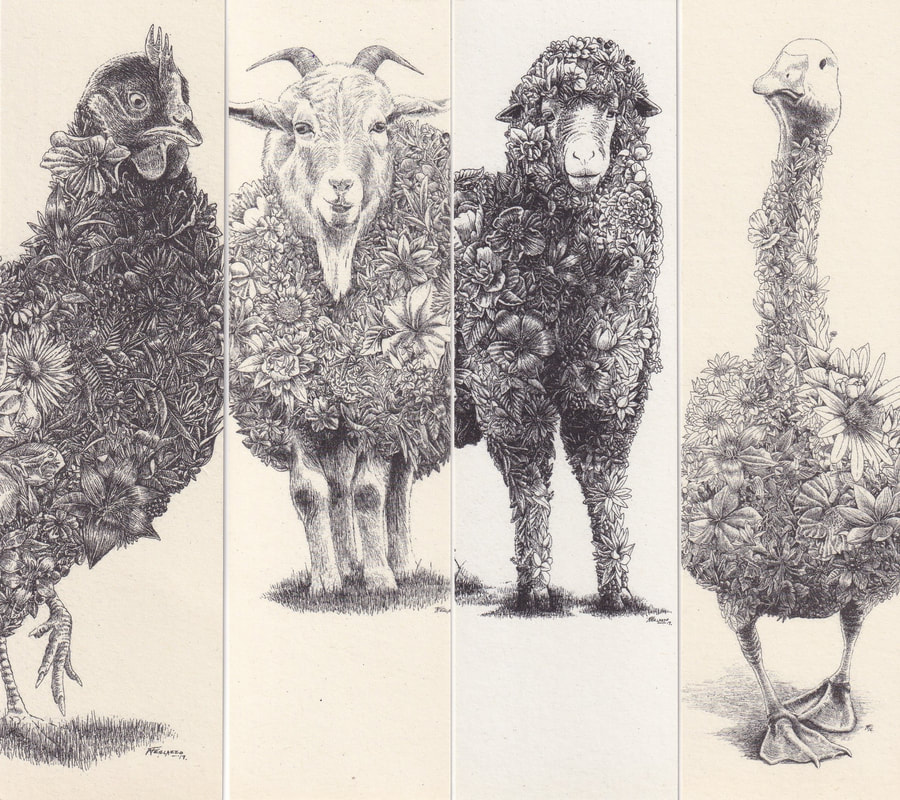
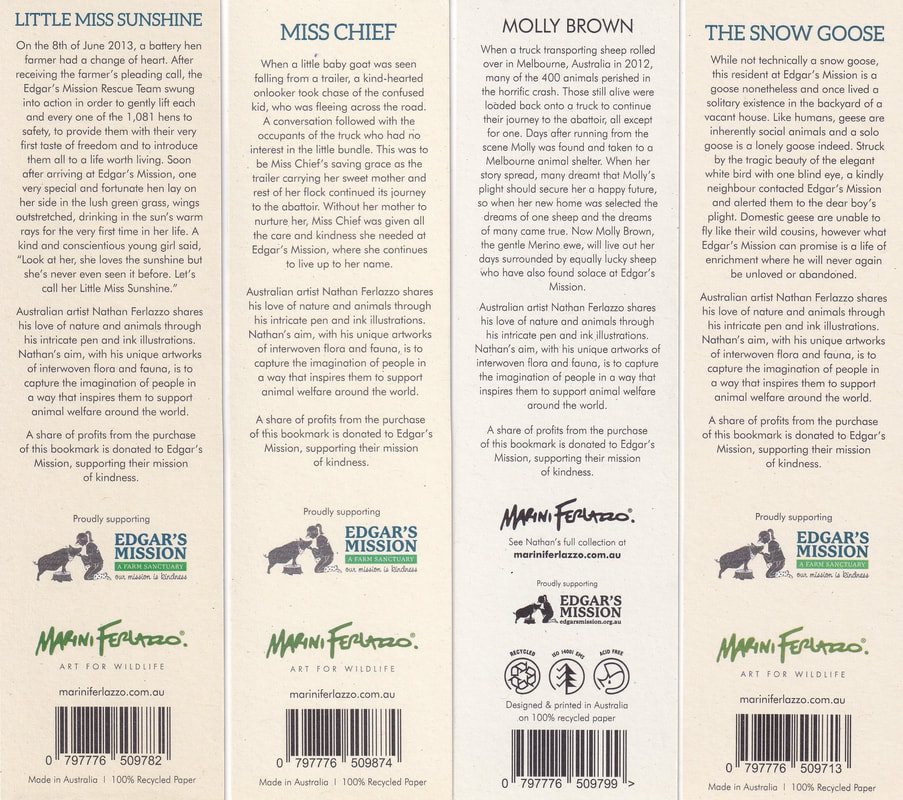
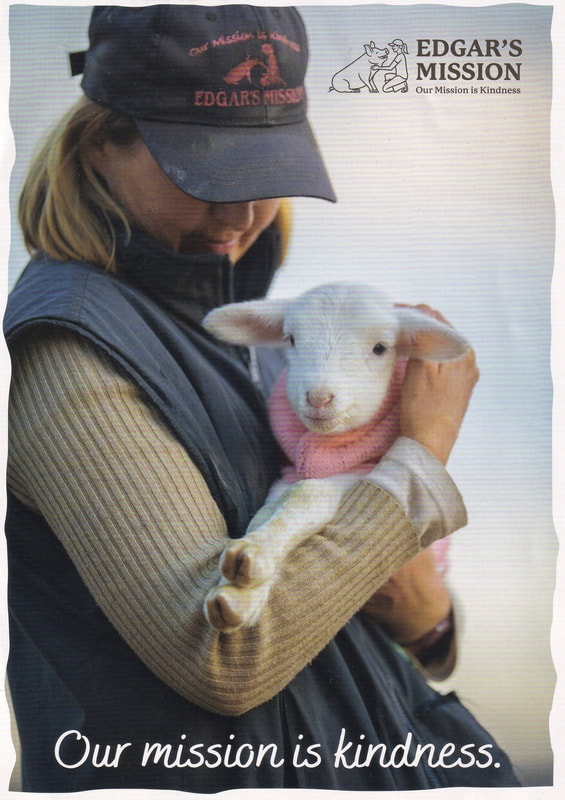
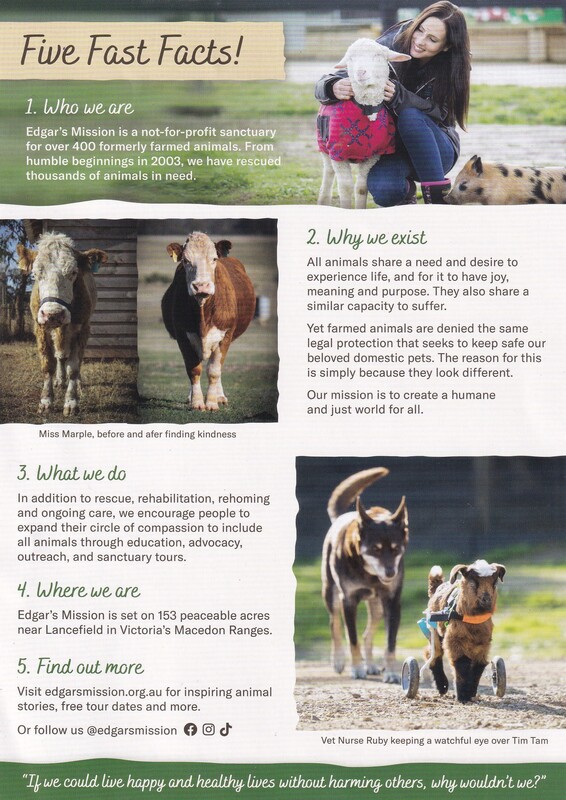
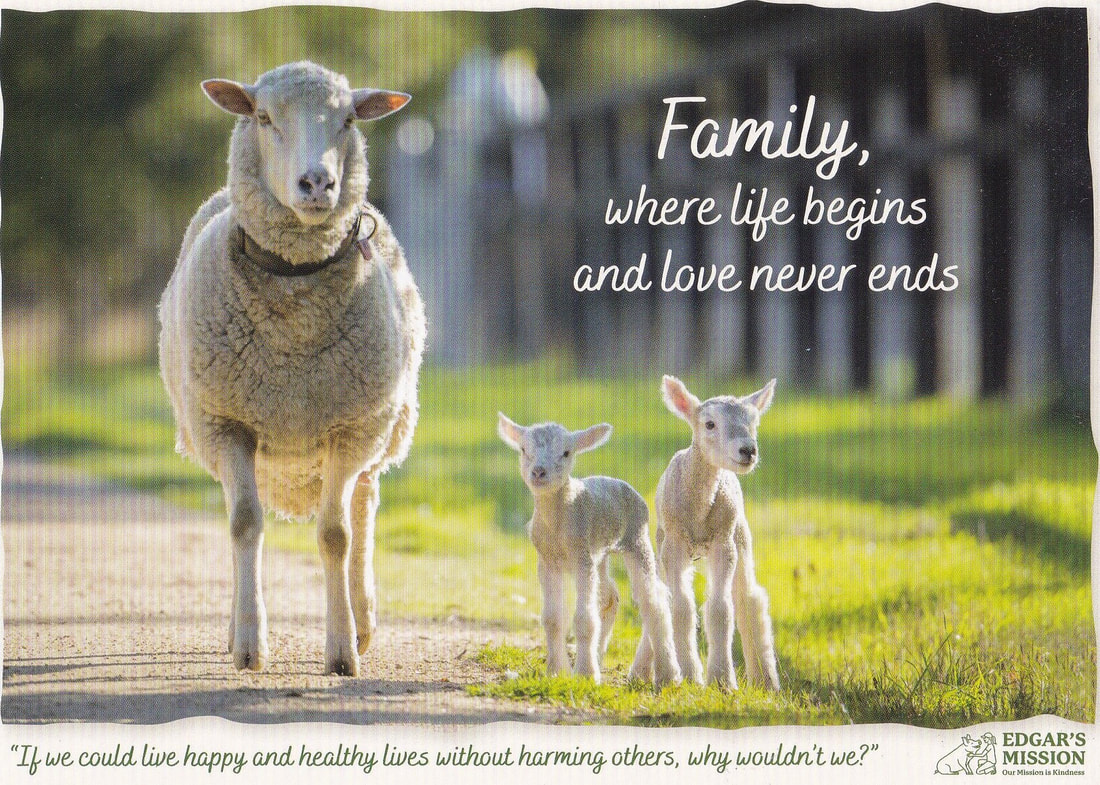

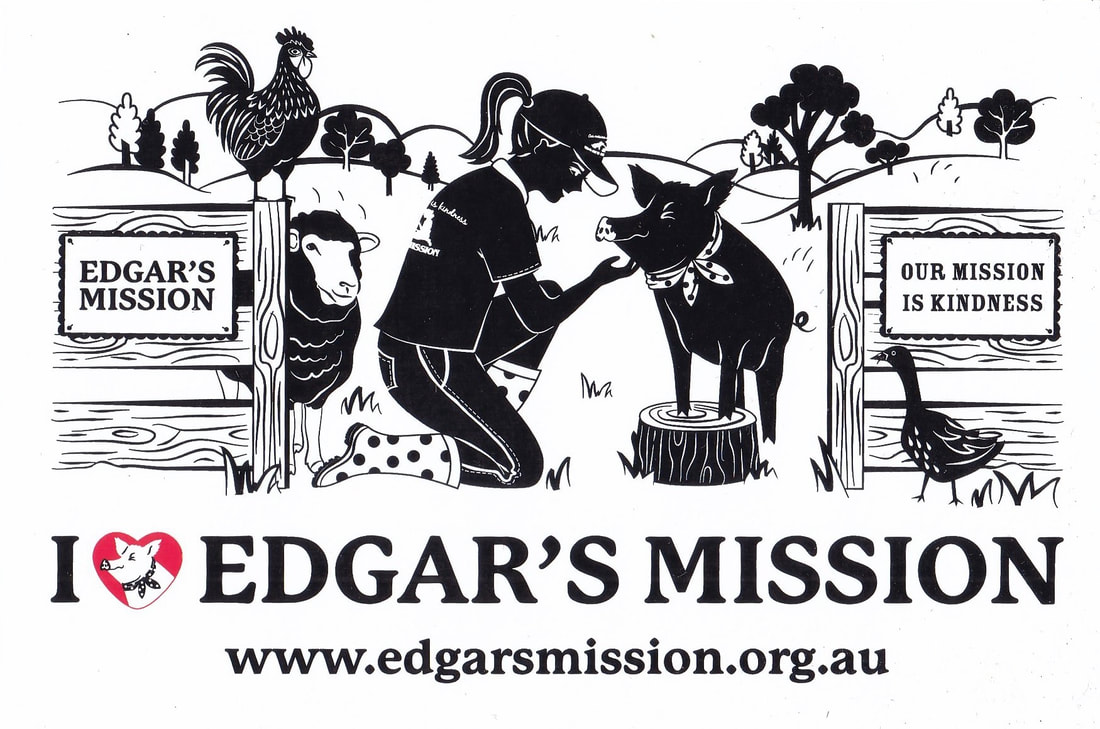
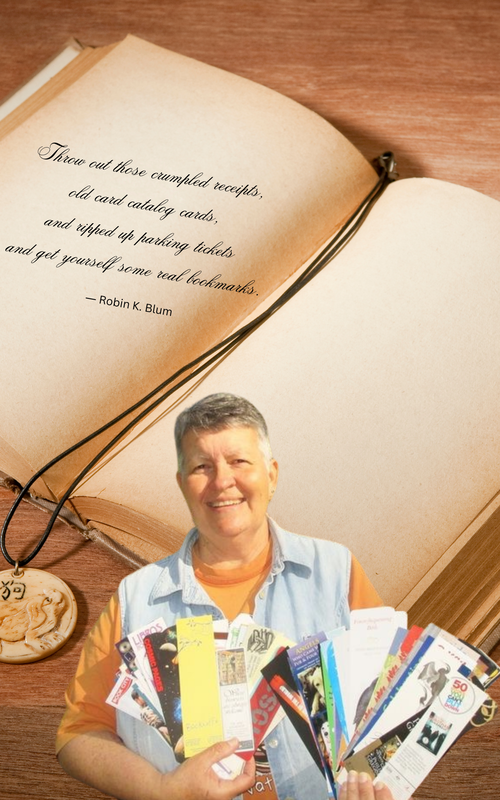


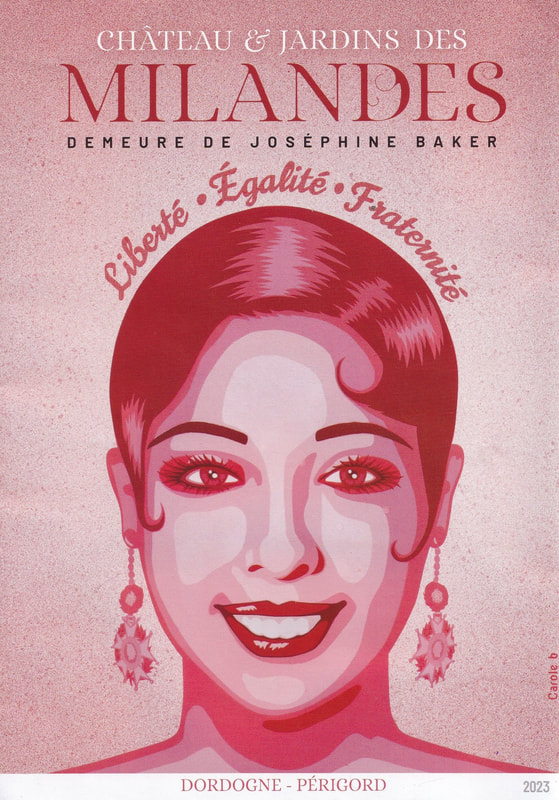
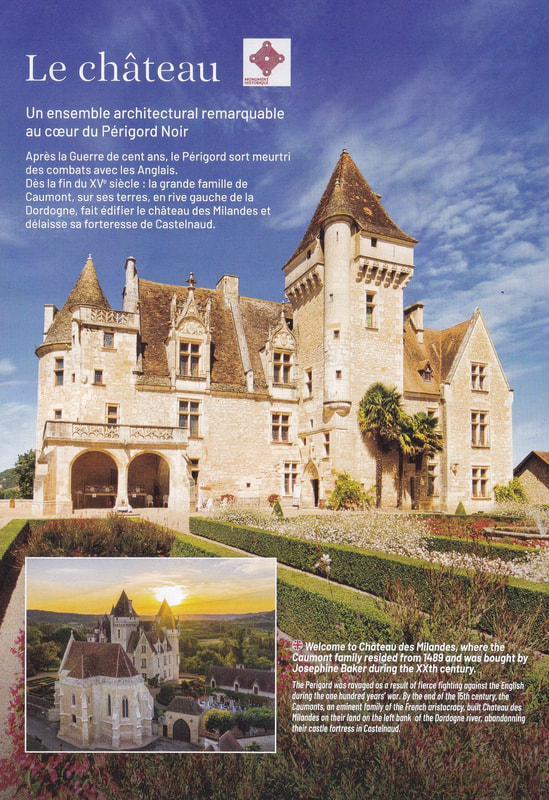
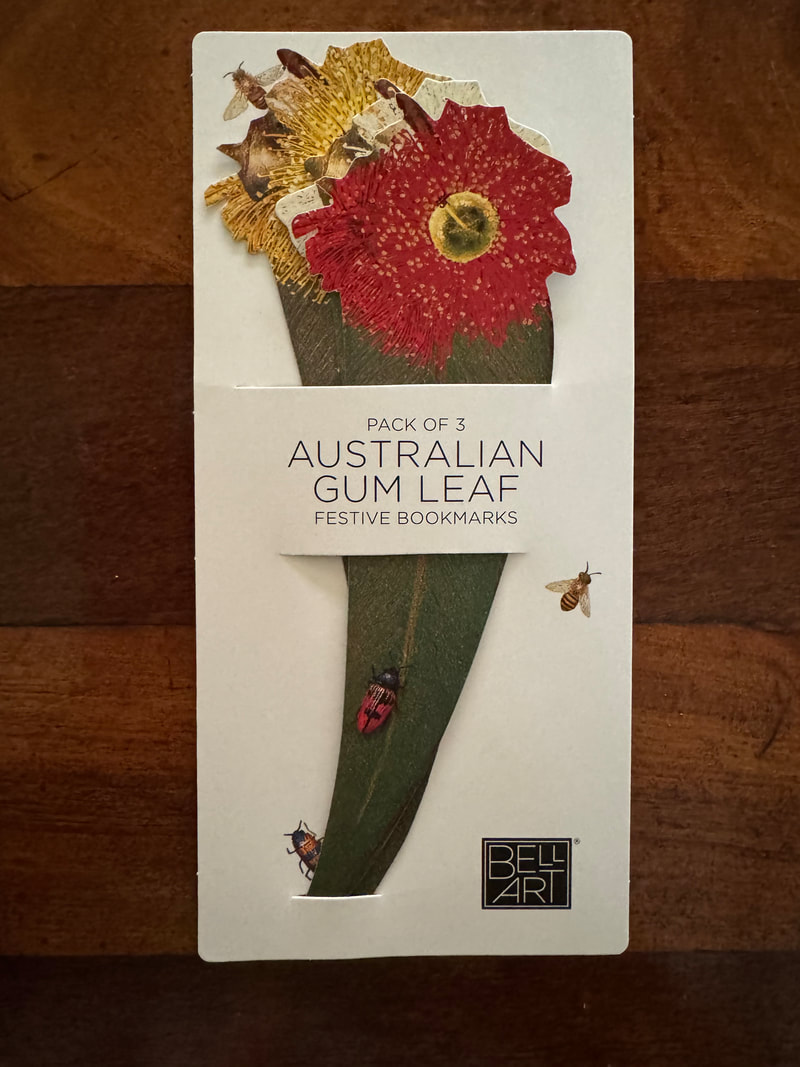
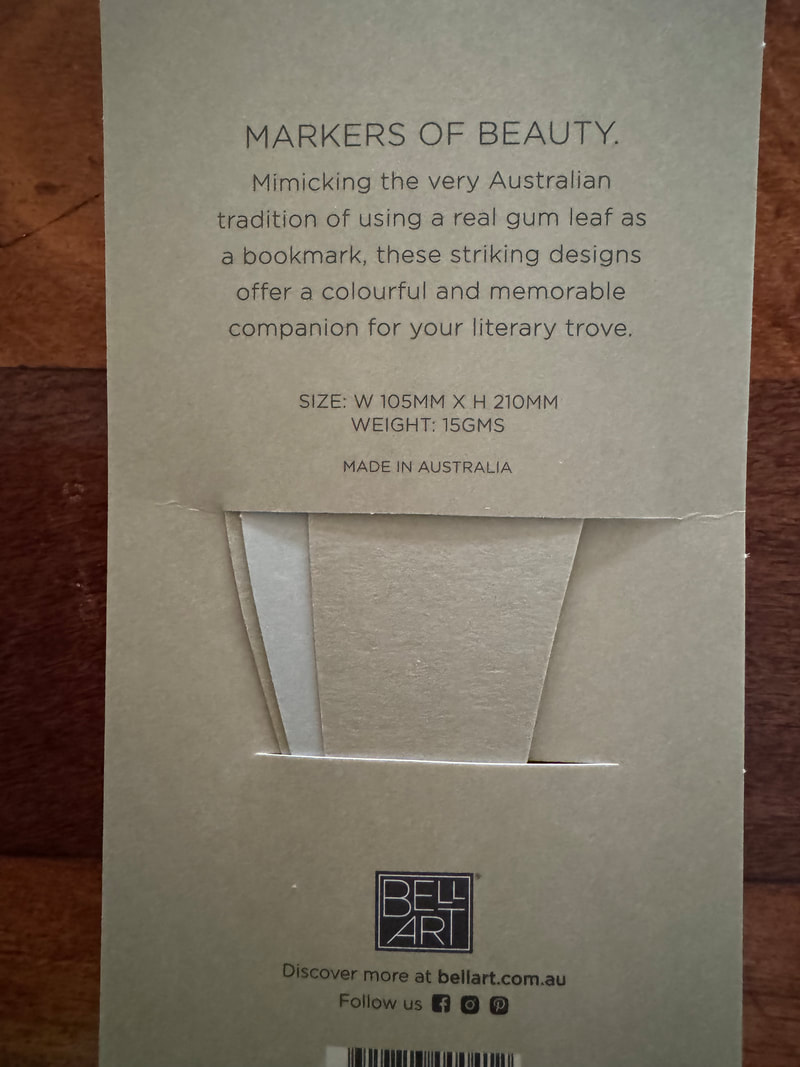
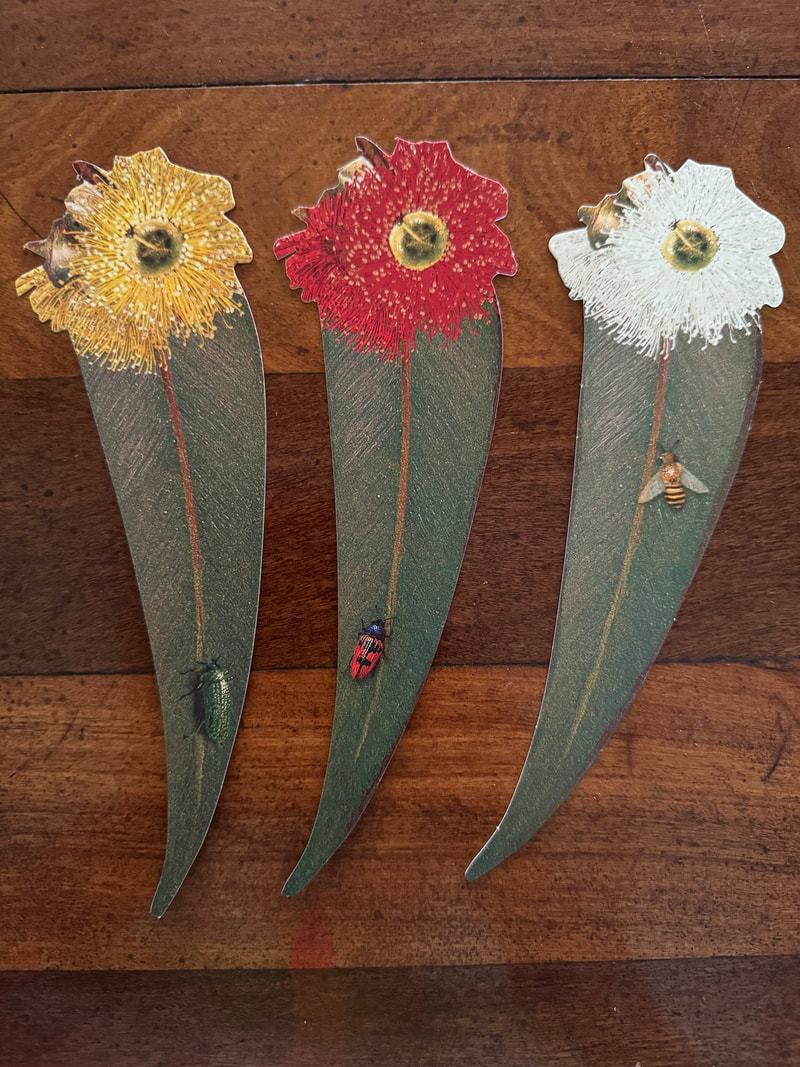


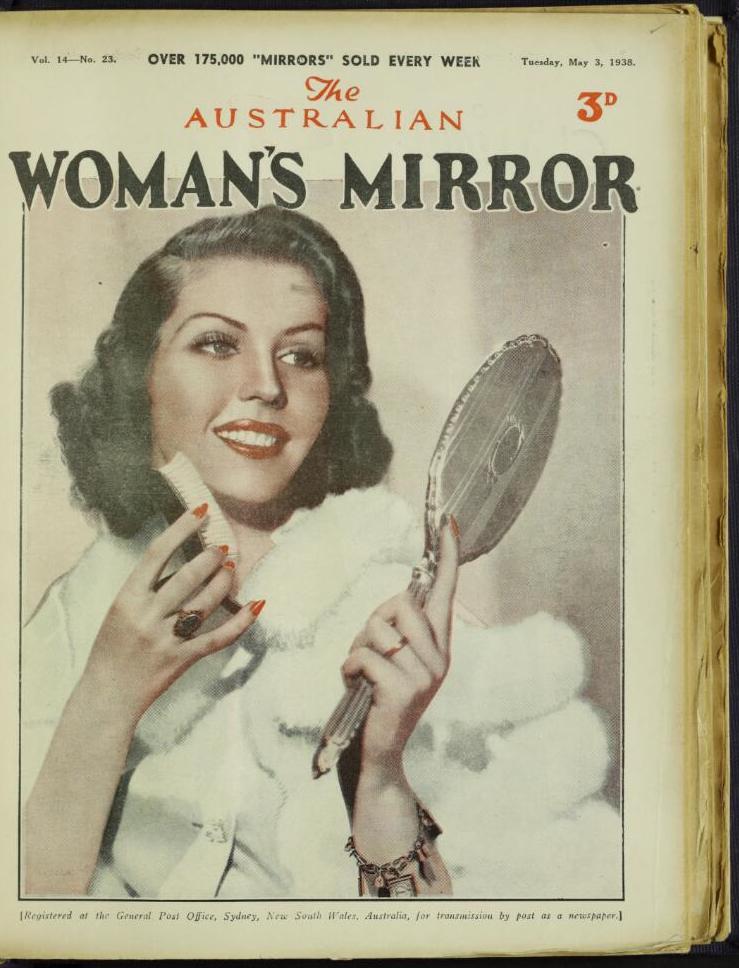


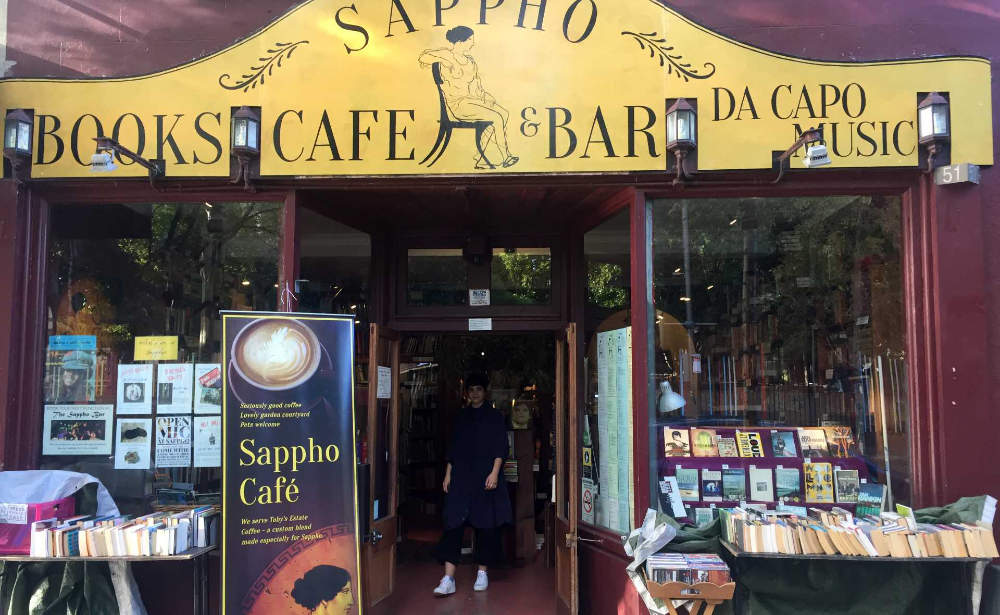
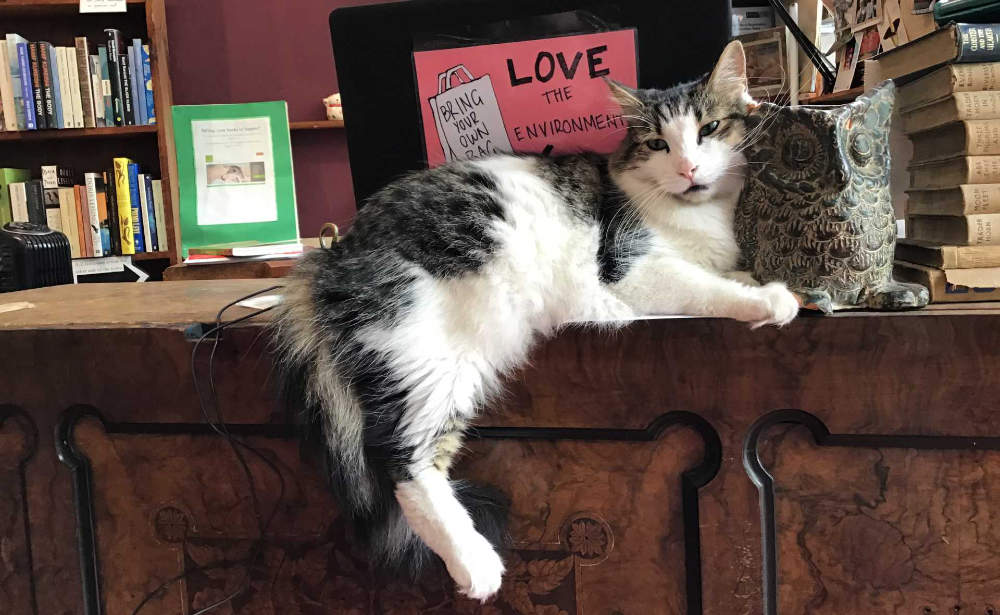
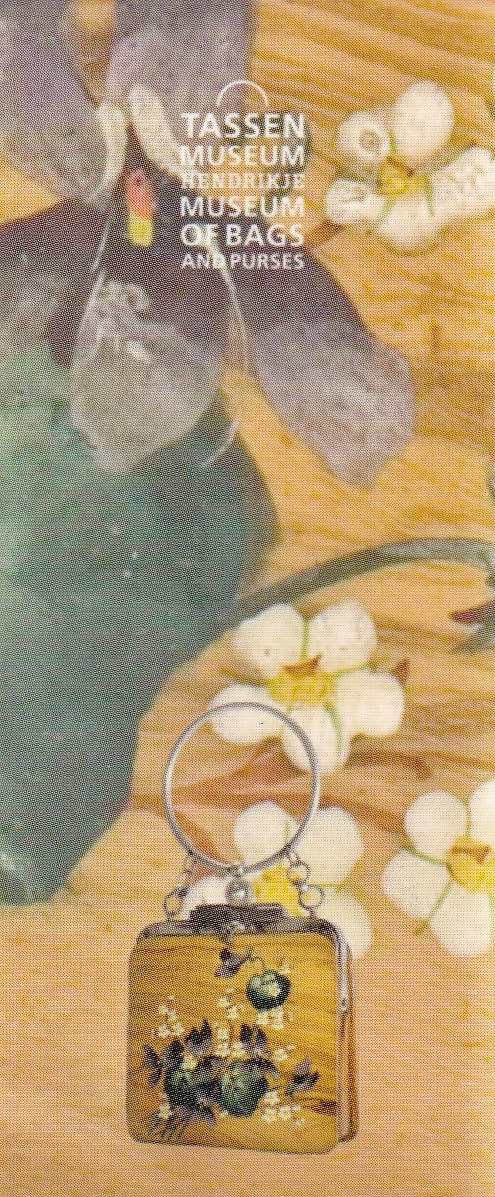
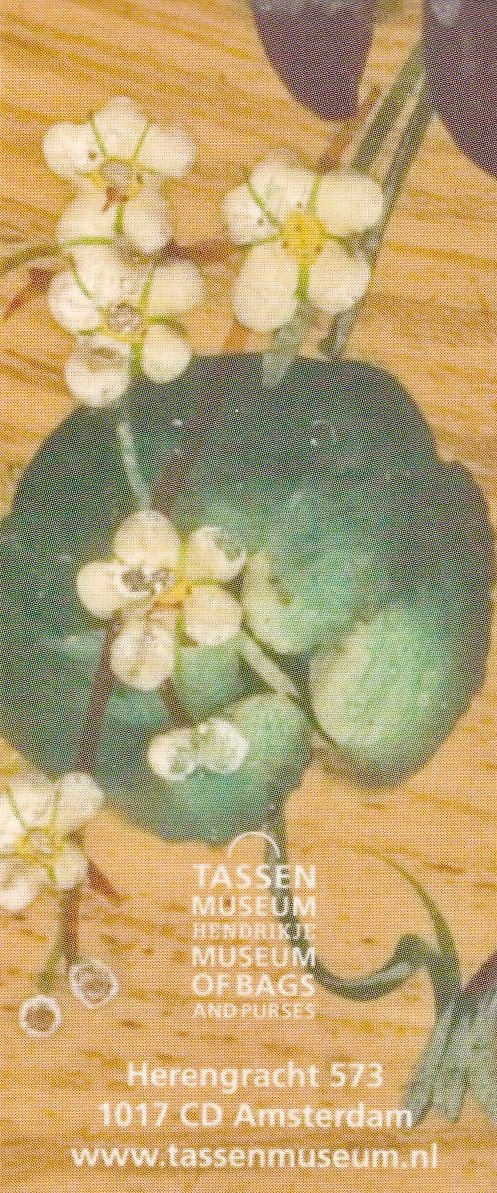
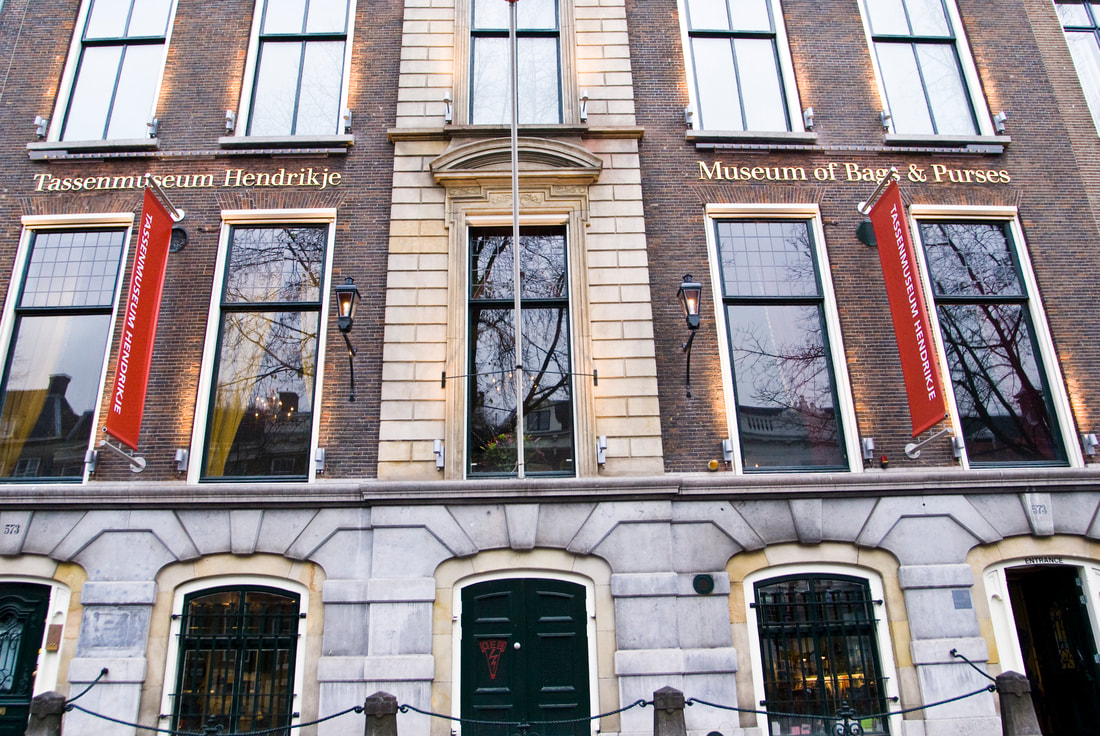
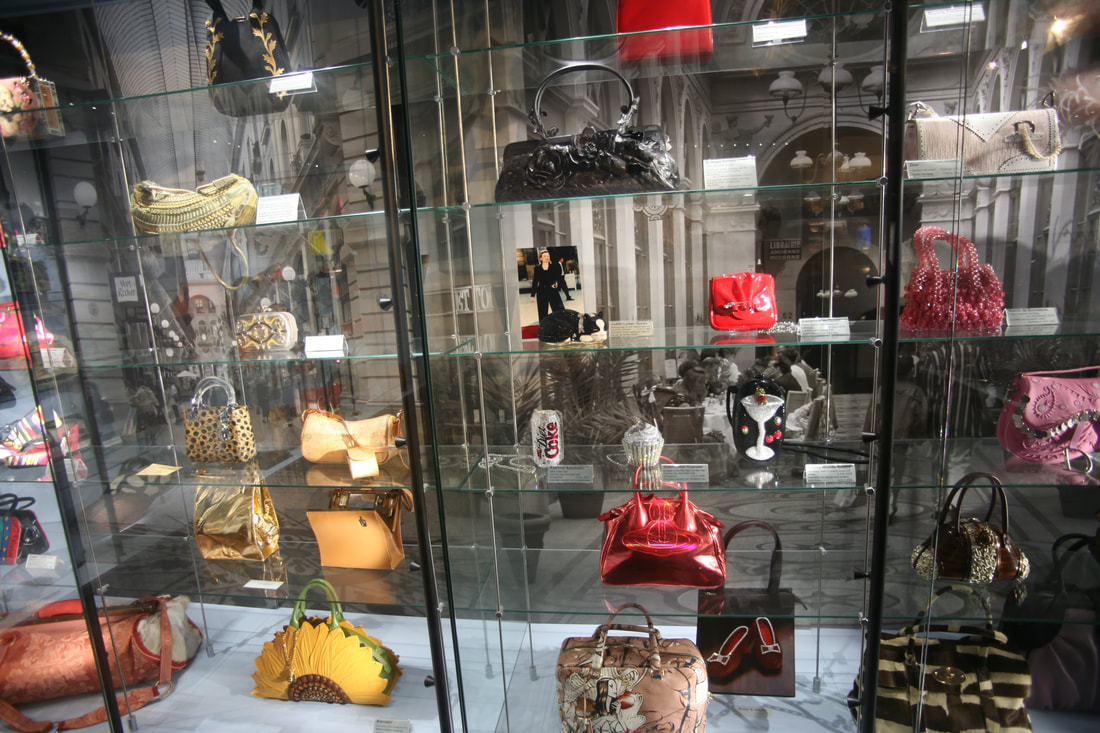
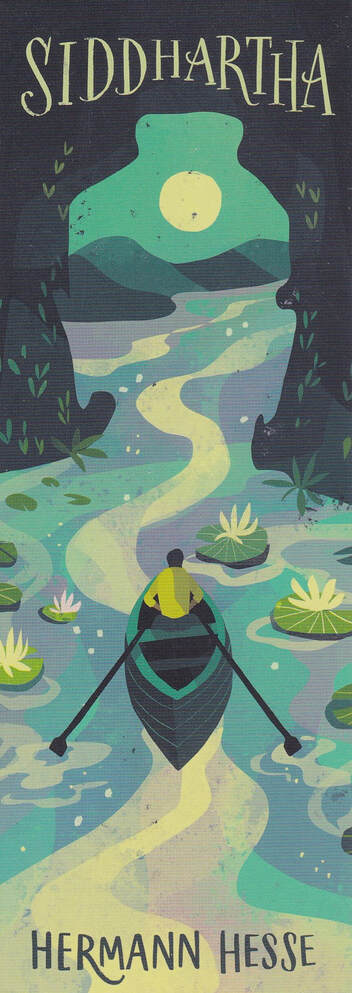
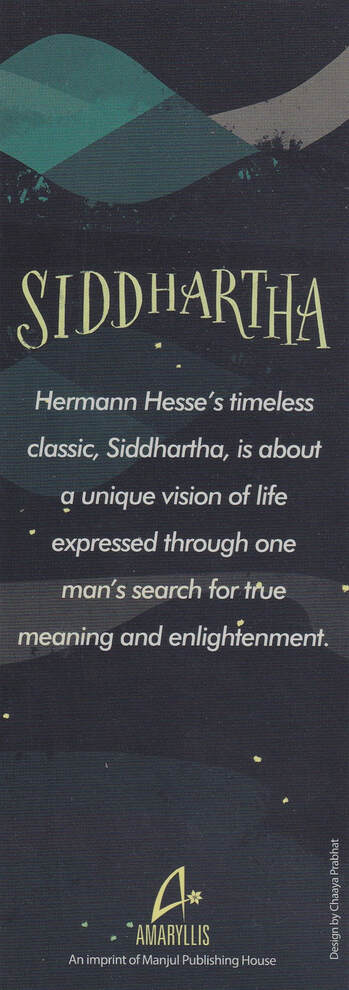
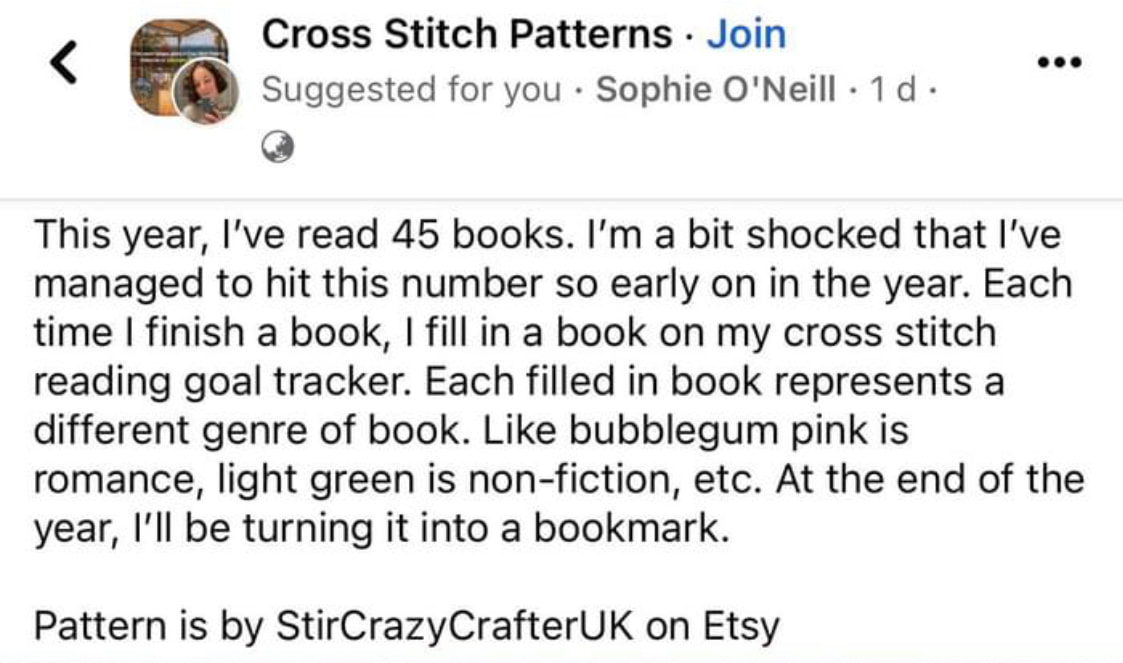
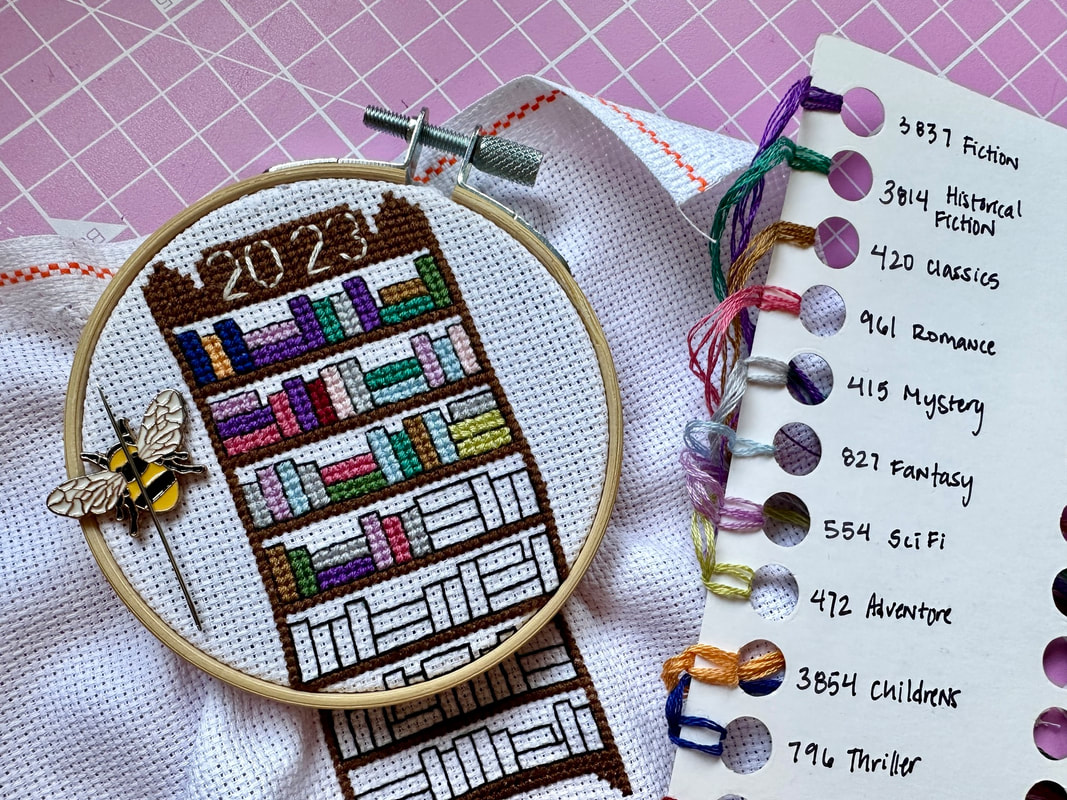

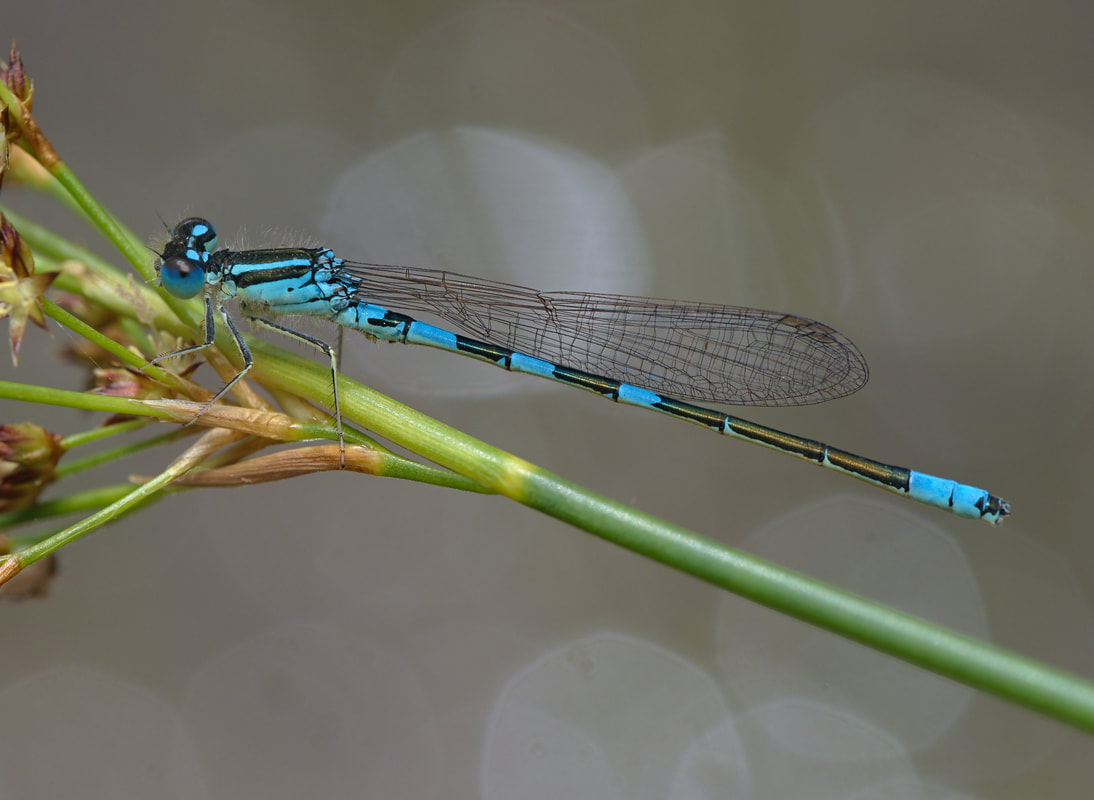


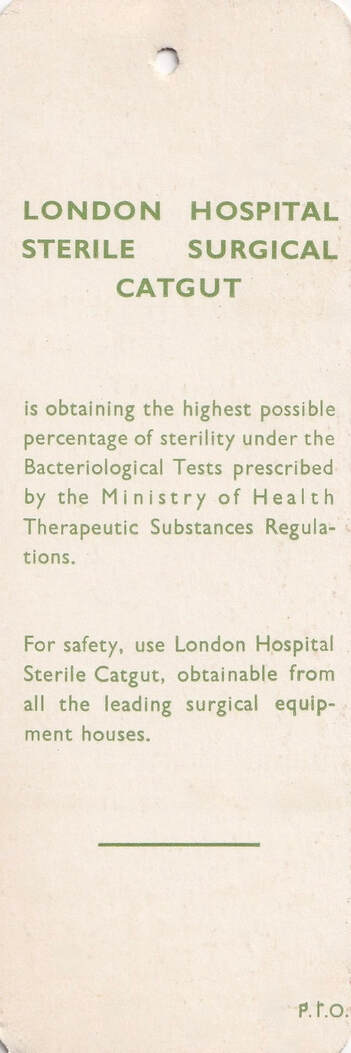
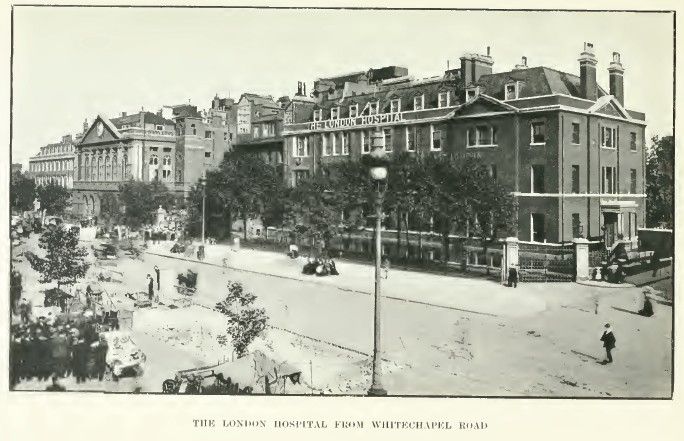

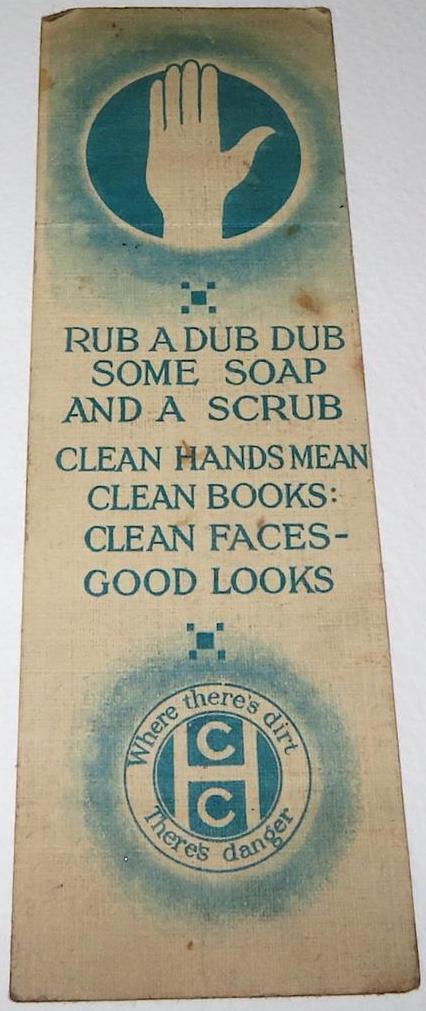
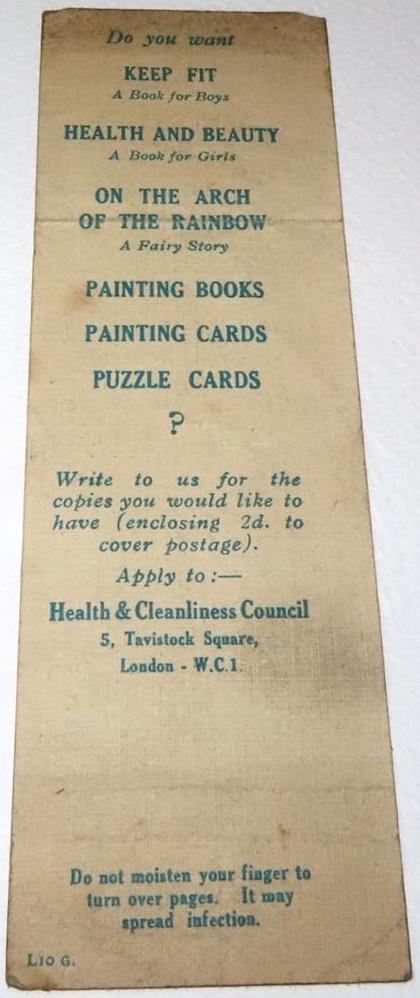
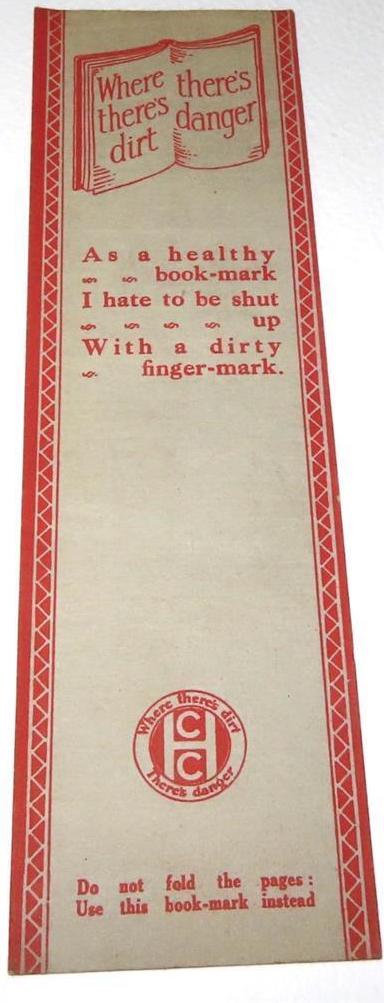
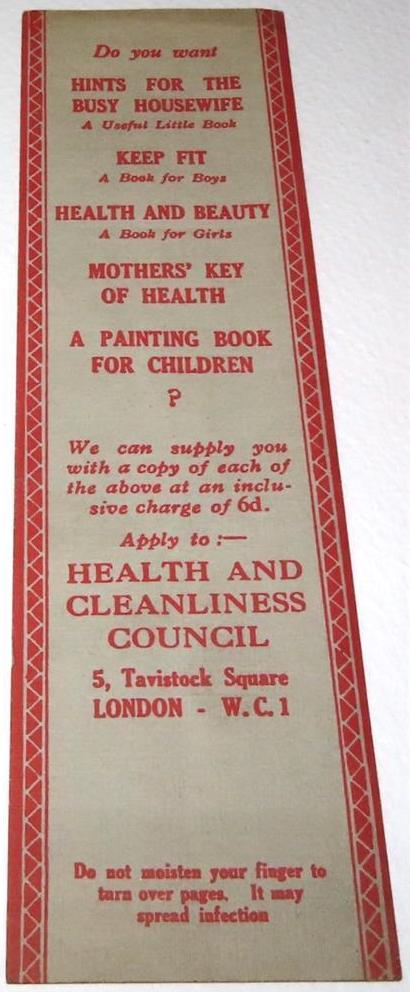


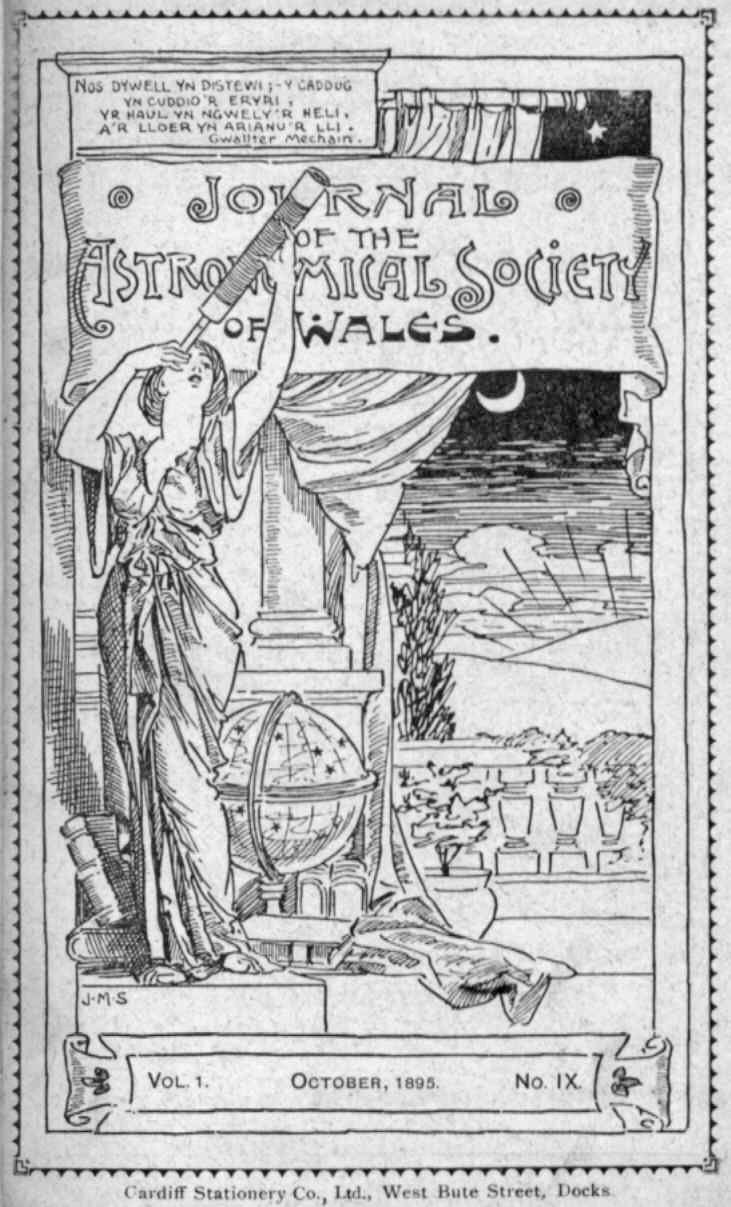
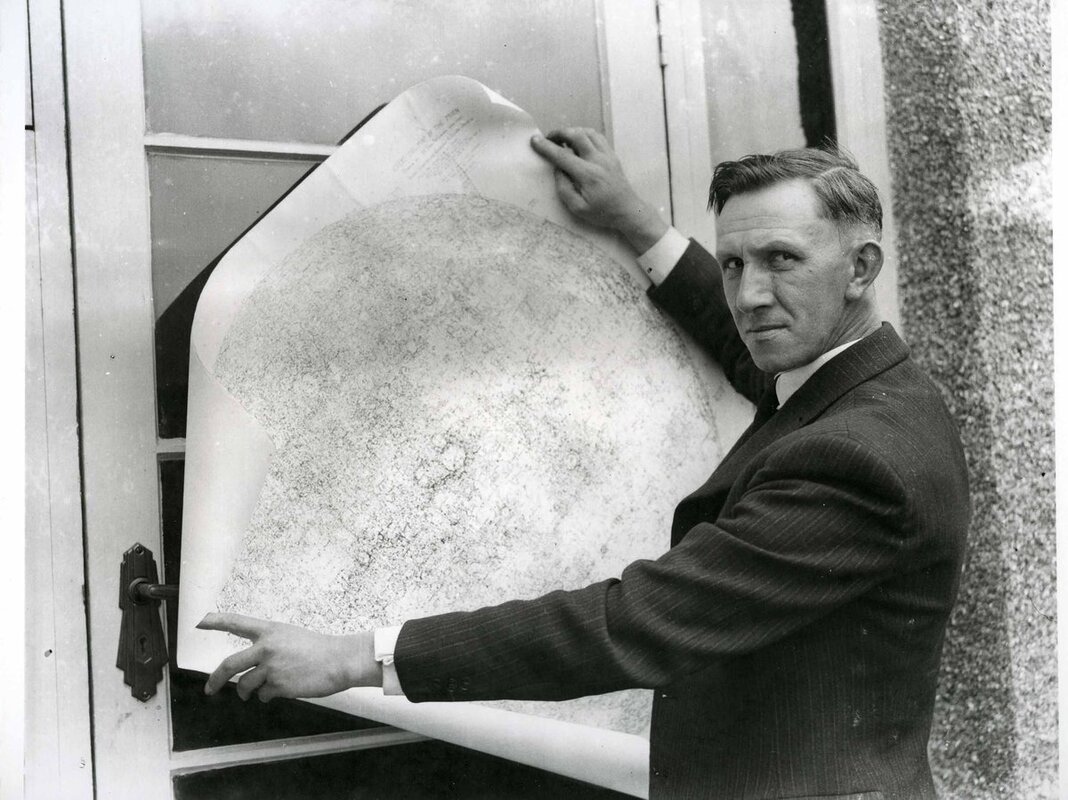
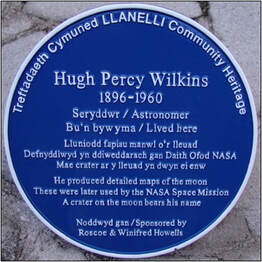


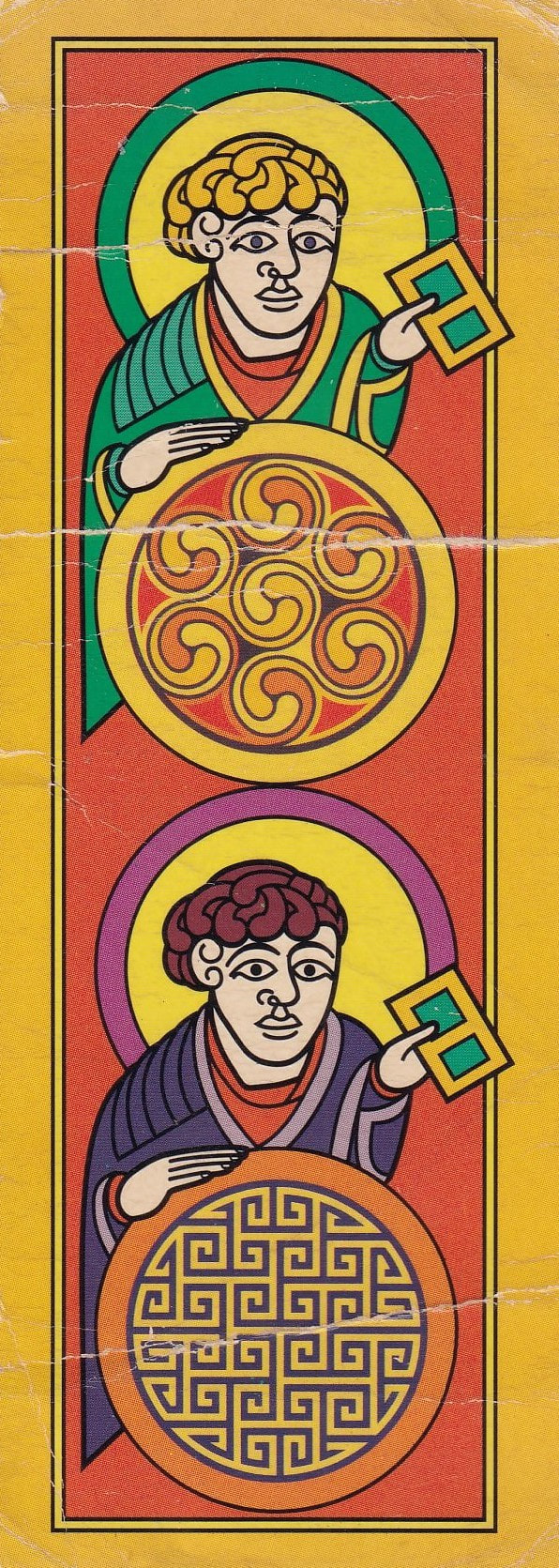
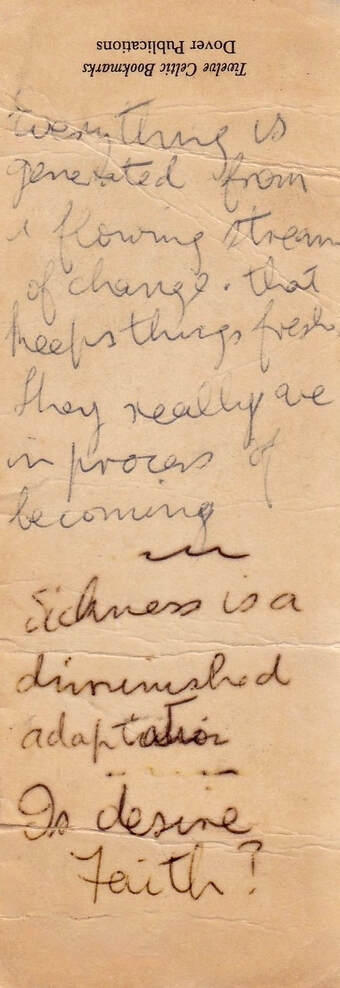
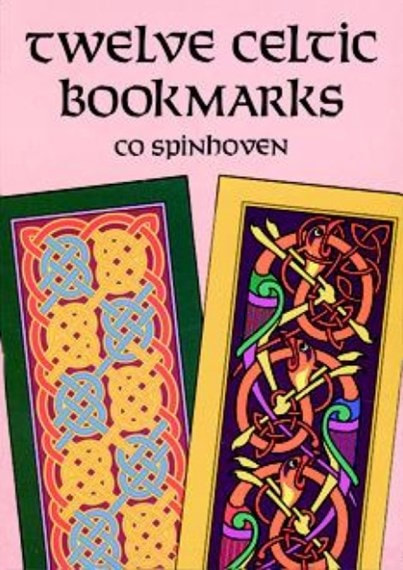











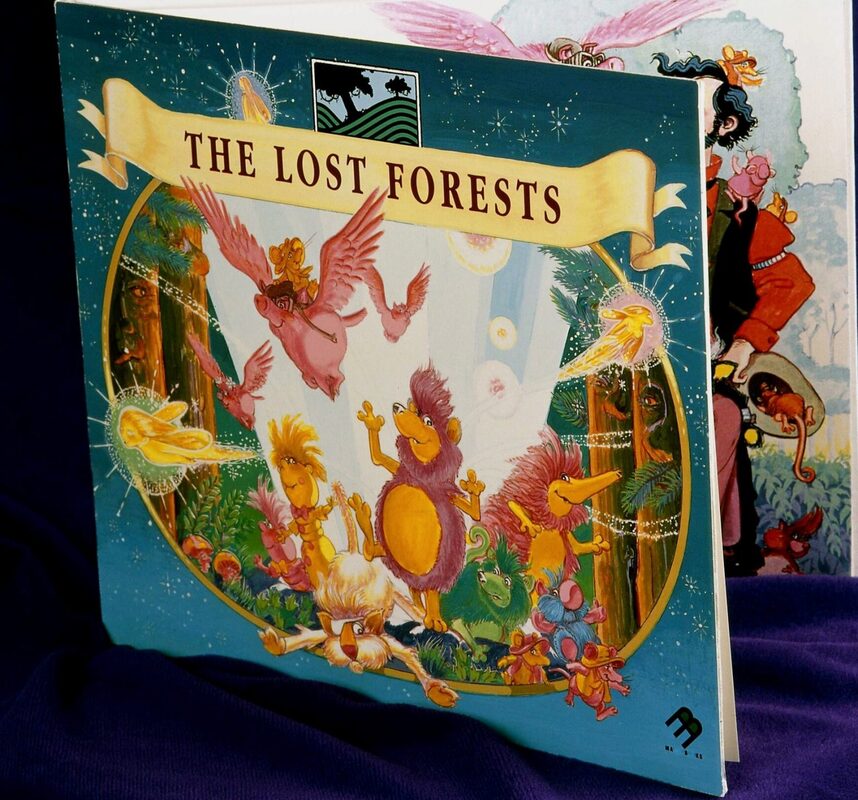
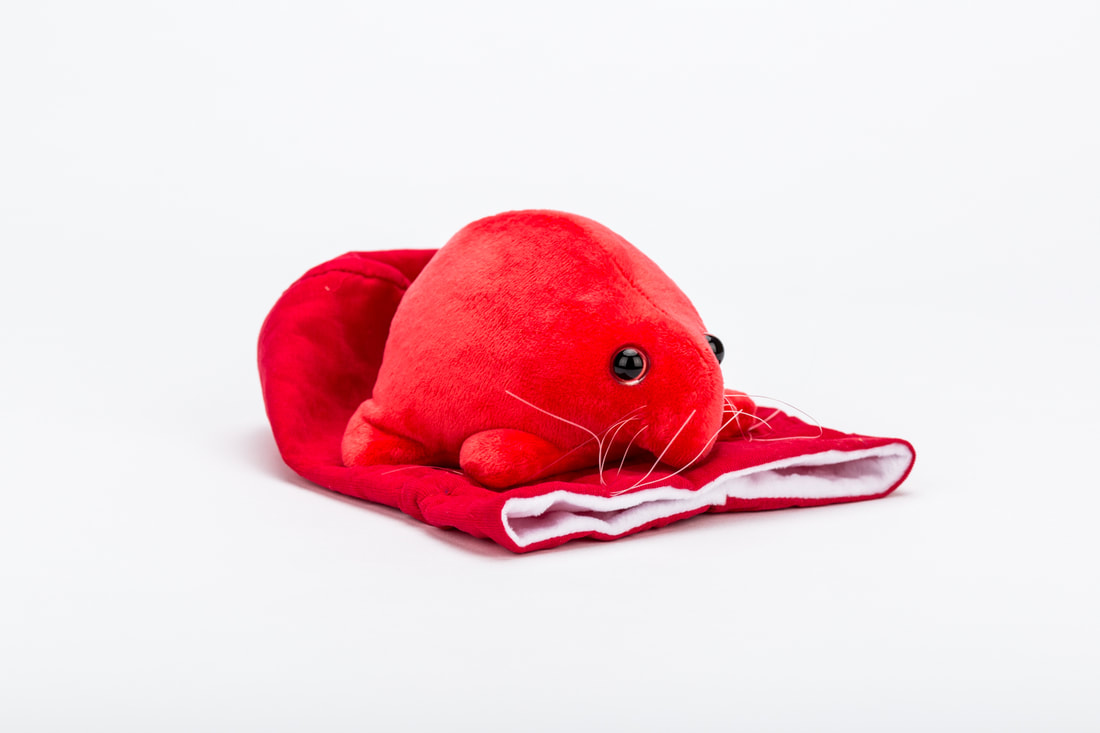
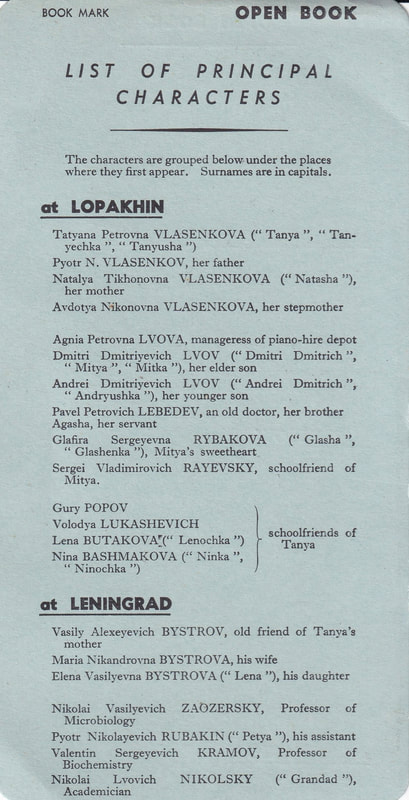
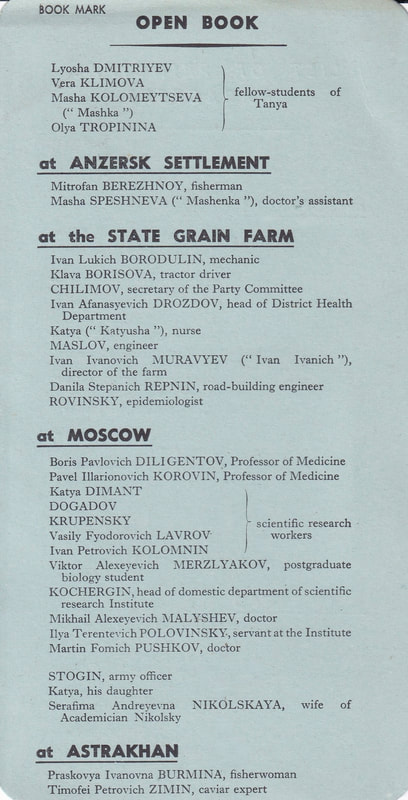
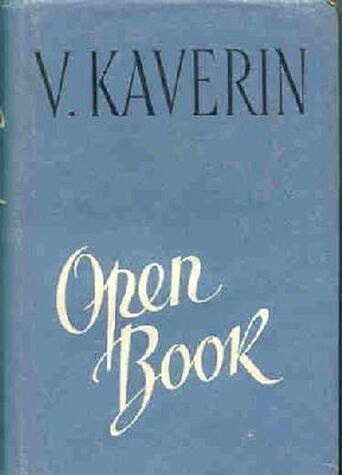
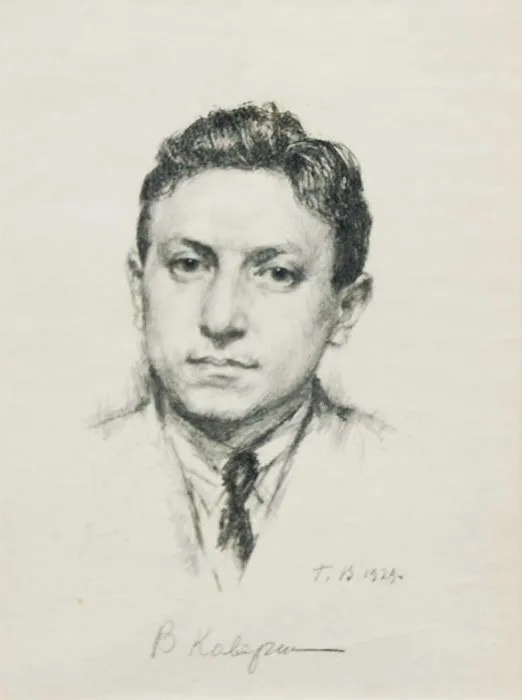
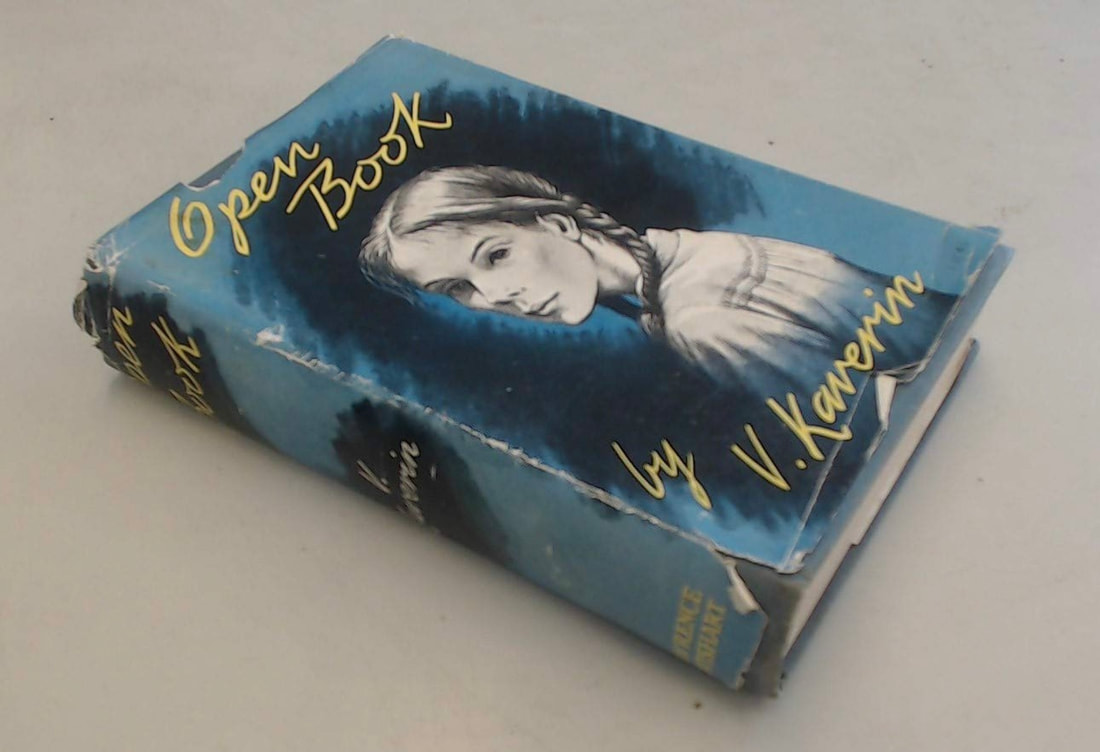
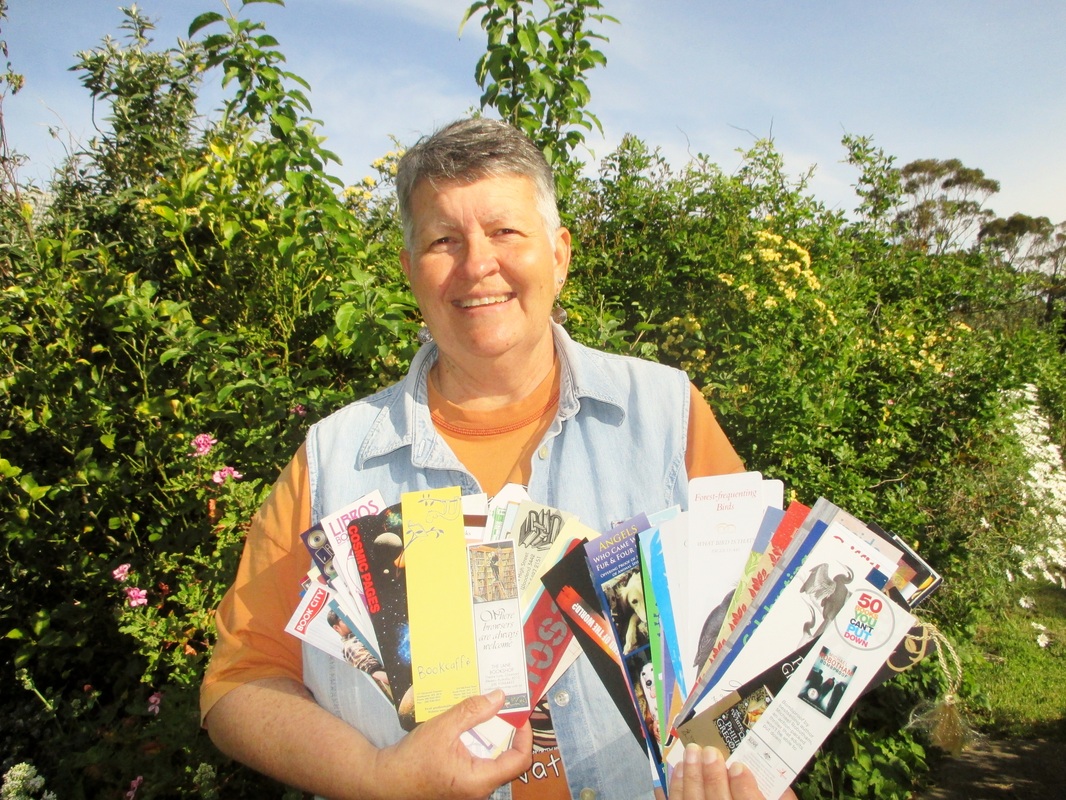
 RSS Feed
RSS Feed
